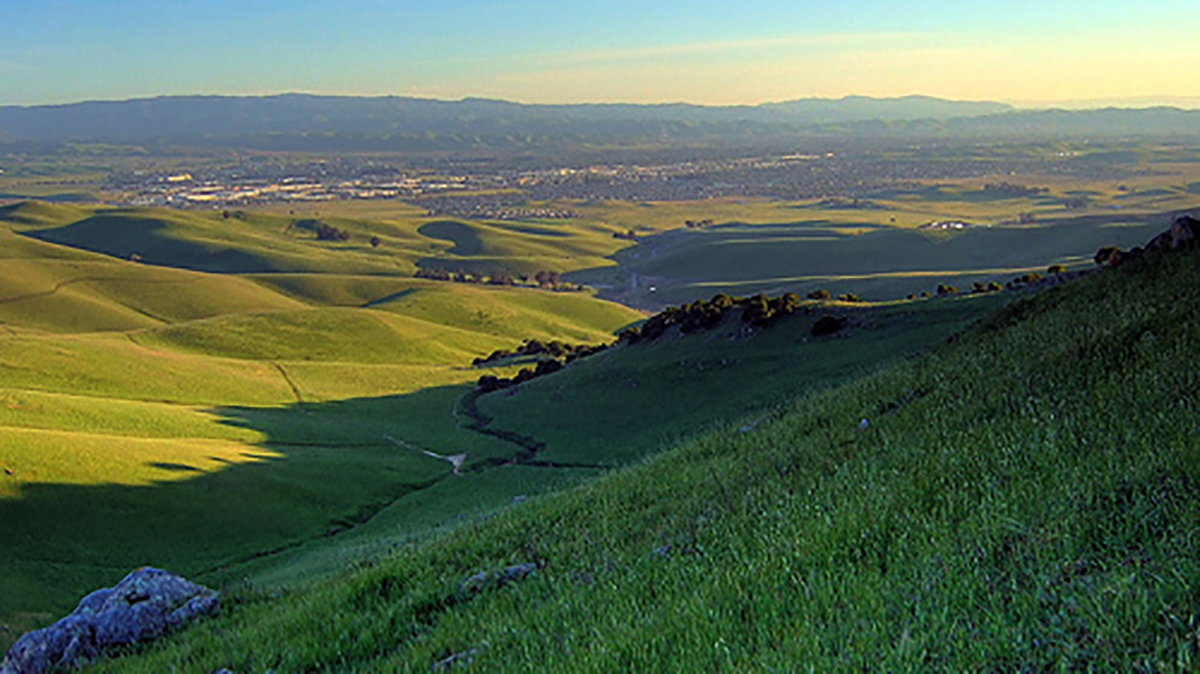Livermore Valley Wine Faces Uphill Battle, But Potential Still Exists

Nestled among California’s 568,000 acres of wine grapes, Livermore Valley’s approximately 2,800 acres make up less than 1% of the state’s total. But soon, Livermore’s modest acreage could dwindle further as more than half its vines require replanting in the next decade.
Adding to the challenge, the Valley’s vineyards are mostly small, fragmented parcels under 20 acres. This fragmentation drives up farming costs and deters investment from major wine producers.
A comprehensive study by UC Davis and the Tri-Valley Conservancy revealed these issues as just some of the threats to Livermore Valley’s viability as a wine region. Additional concerns flagged by the study include minimal wine tourism facilities, inability to differentiate local wines, lack of signature varietals, and a dearth of mid-sized wineries.
In response, the community is taking action on multiple fronts. A new 2% winery tax provides the Livermore Valley Winegrowers’ Association with resources to enhance marketing. The Tri-Valley Conservancy is pursuing solutions like low-interest loans to assist vineyard replanting.
More visitor-friendly land use policies are being advocated to draw tourists from the 6 million people within an hour’s drive. And a newly-formed local Wine Quality Alliance, focused on improving winemaking and farming practices, is providing resources to our small wineries to help them improve the quality of their wines.
There’s debate around whether to emphasize varieties like Cabernet Franc and Sauvignon Blanc. Cabernet Franc is nearly nonexistent in Livermore, while Sauvignon Blanc is dominated by inexpensive New Zealand imports. Nevertheless, with help from the Winegrowers’ Association, Livermore Cabernet Franc is gaining traction with the community.
No doubt Livermore Valley faces an uphill battle for survival. But the area boasts excellent soils, ideal climate, and sufficient water to produce world-class wines. With community commitment, the region can succeed. Yet the path forward remains uncertain.
KEY TAKEAWAYS FROM THE UC DAVIS STUDY
- The Livermore Valley has suitable soil, climate, and water resources to support world-class wine grape growing.
- However, the region’s vineyard acreage (currently 2,800 acres) represents just a small fraction of California’s total wine grape acreage.
- Livermore Valley wines lack differentiation from other California regions and command only average prices.
- Most Livermore vineyards are fragmented and less than 20 acres, making them less attractive to outside wineries.
- Immediate action is needed as two-thirds of current vines will be removed by 2030 due to vine age. But there is an opportunity to replant 1,600 acres if economic justification can be provided.
- To boost wine tourism, the study recommends allowing more visitor-attracting commercial uses, focusing on signature varietals, and attracting mid-sized wineries to invest in the region.
- The Tri-Valley Conservancy is pursuing infrastructure improvements and amendments to local land use policies to support the wine industry.


